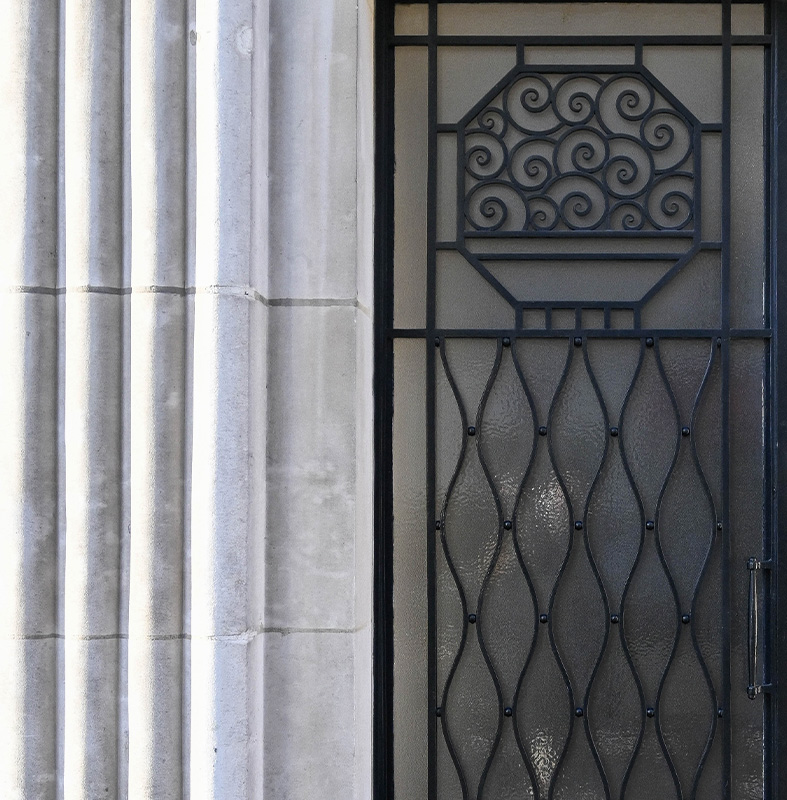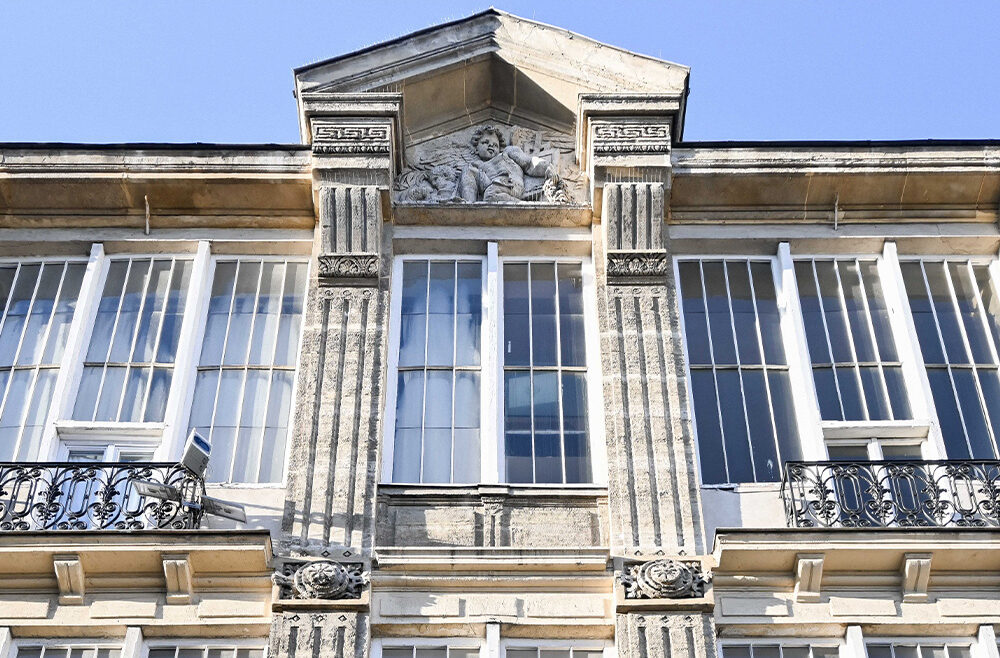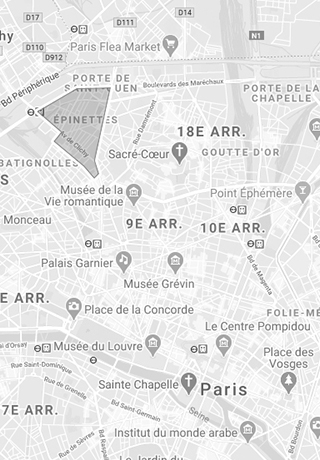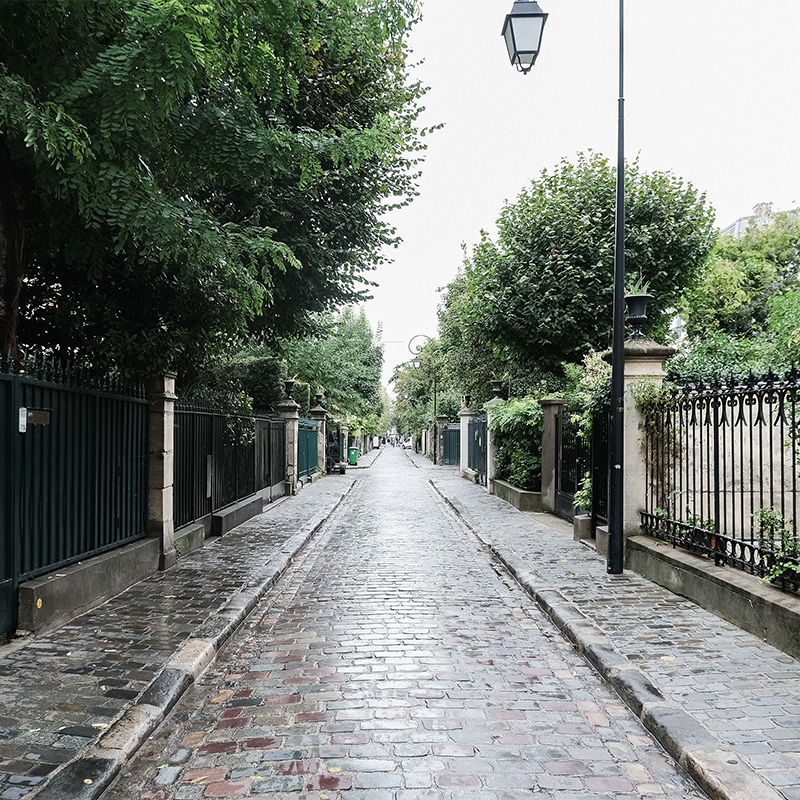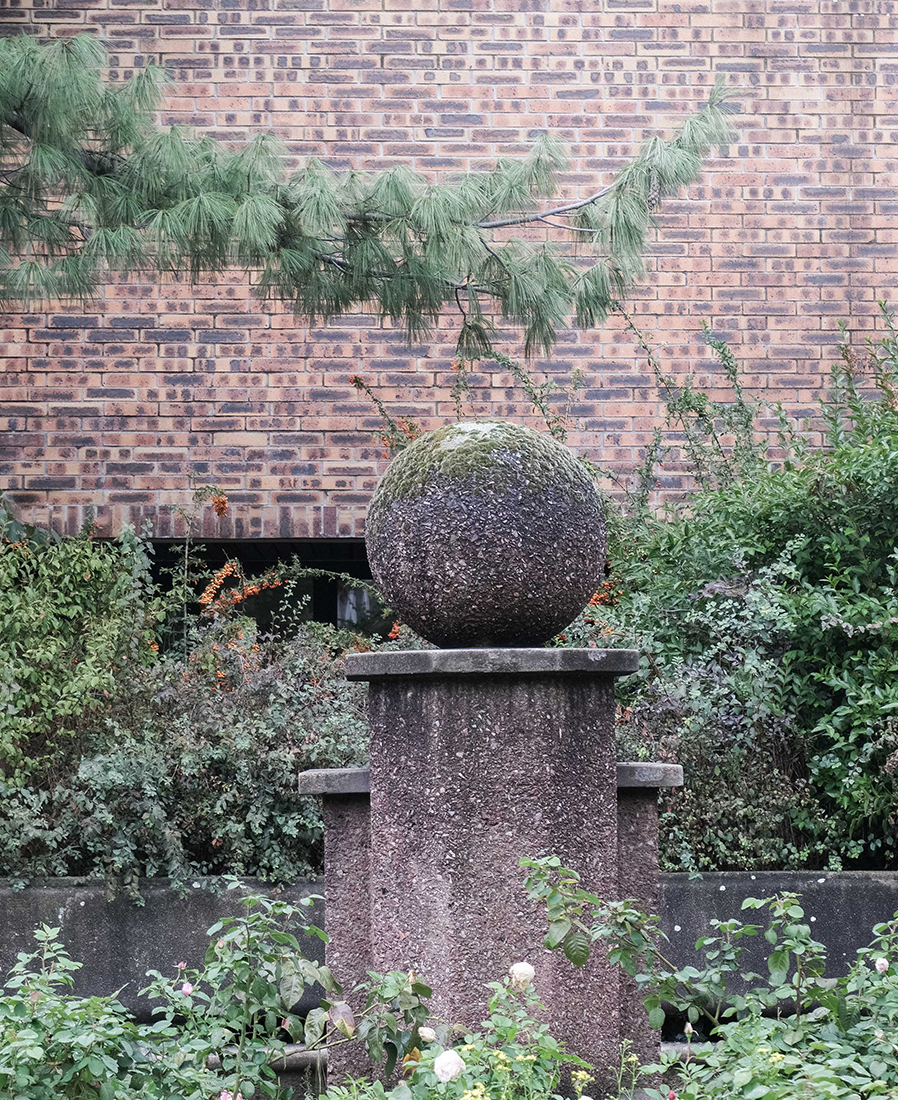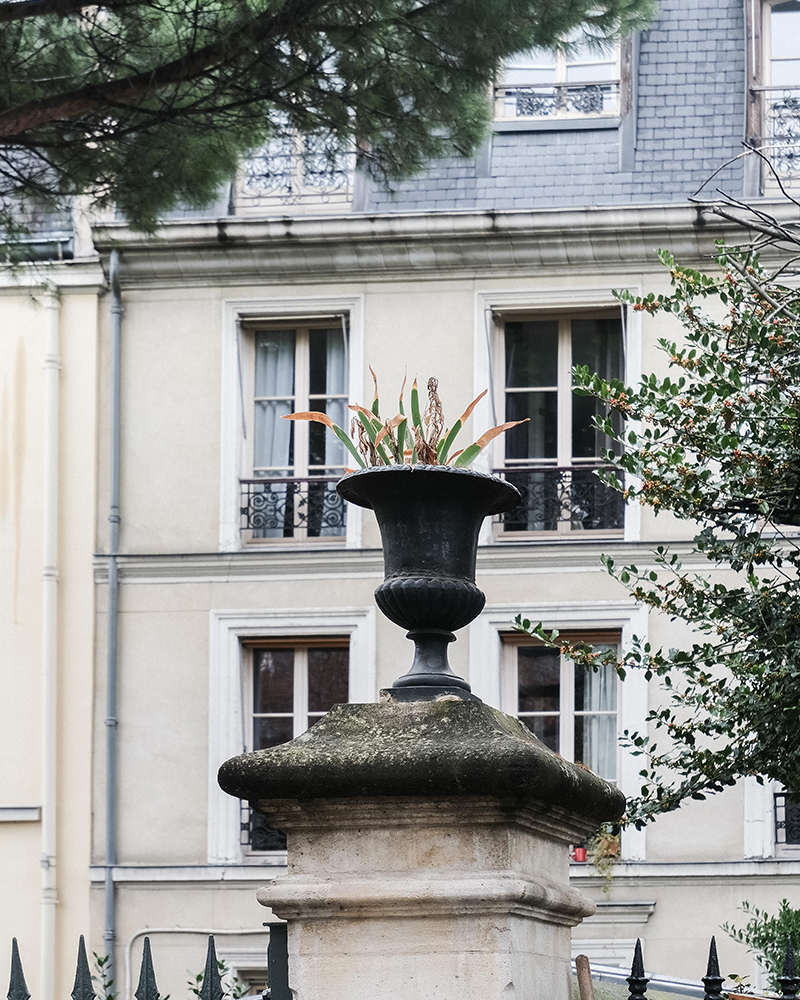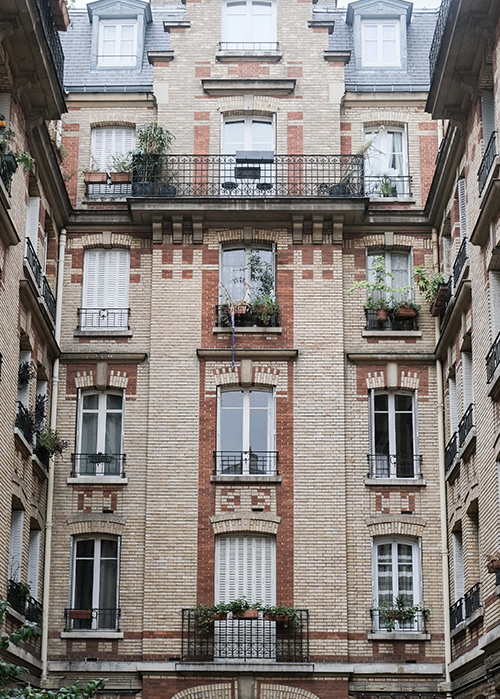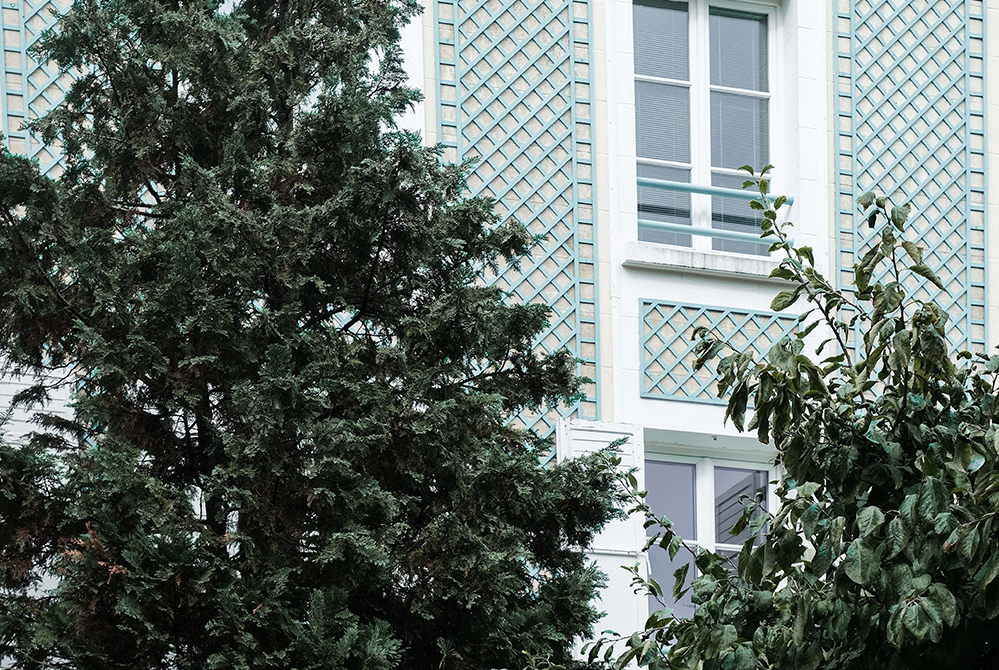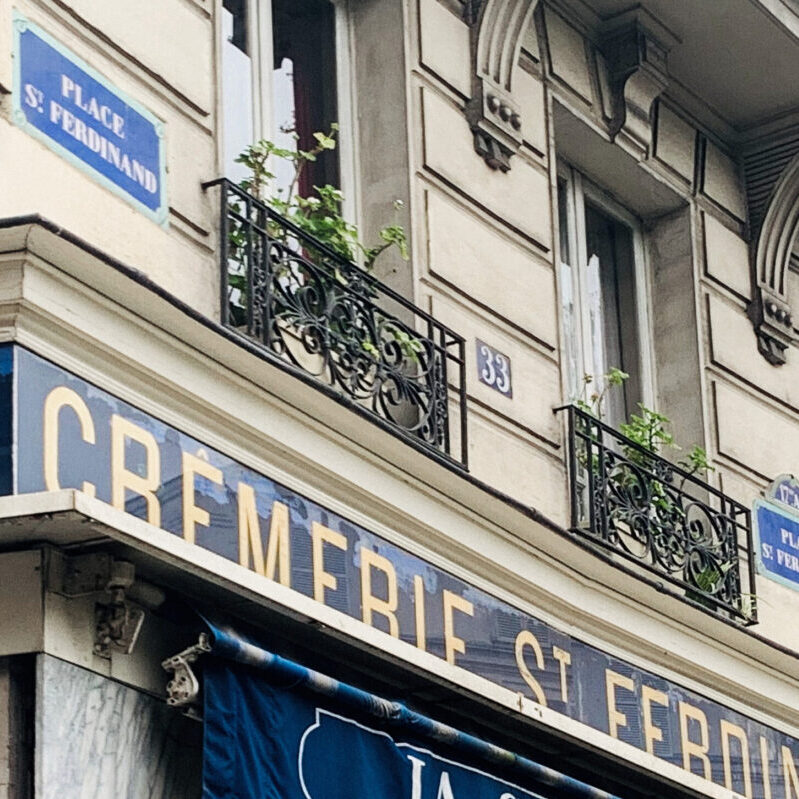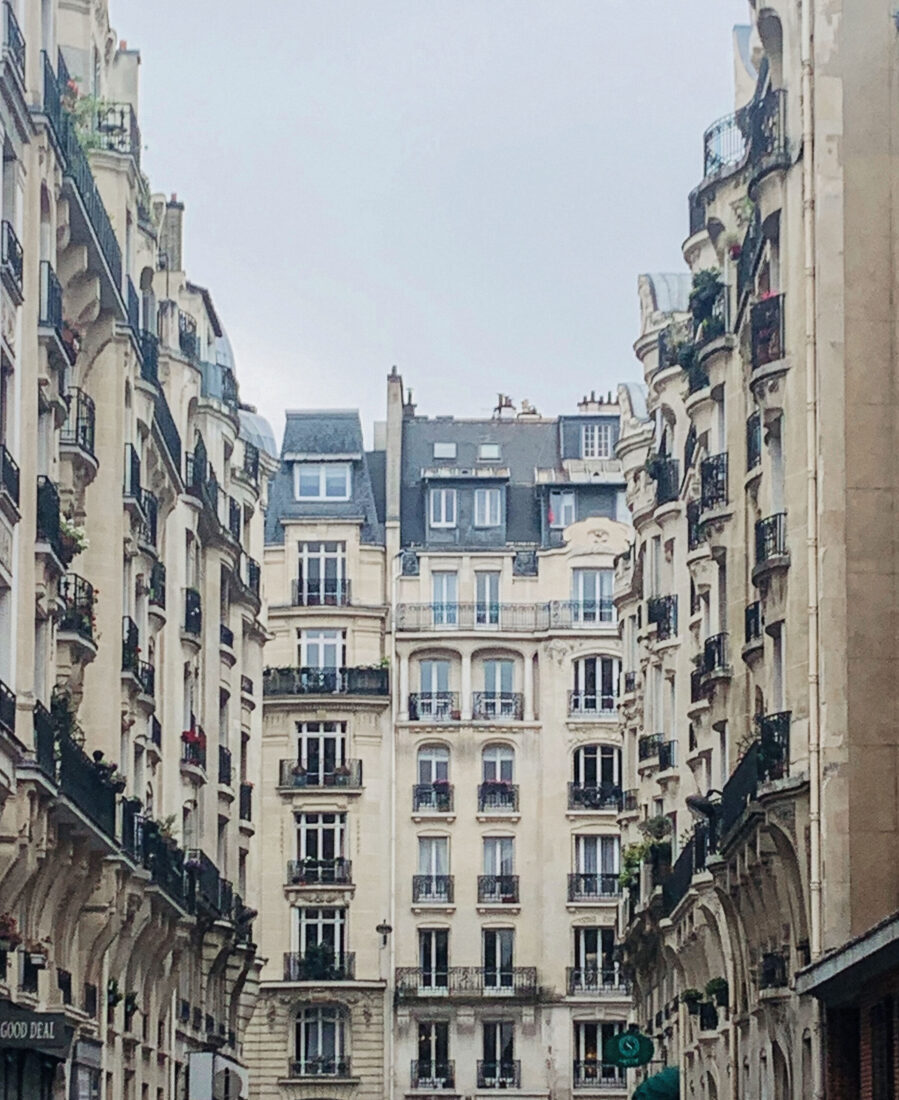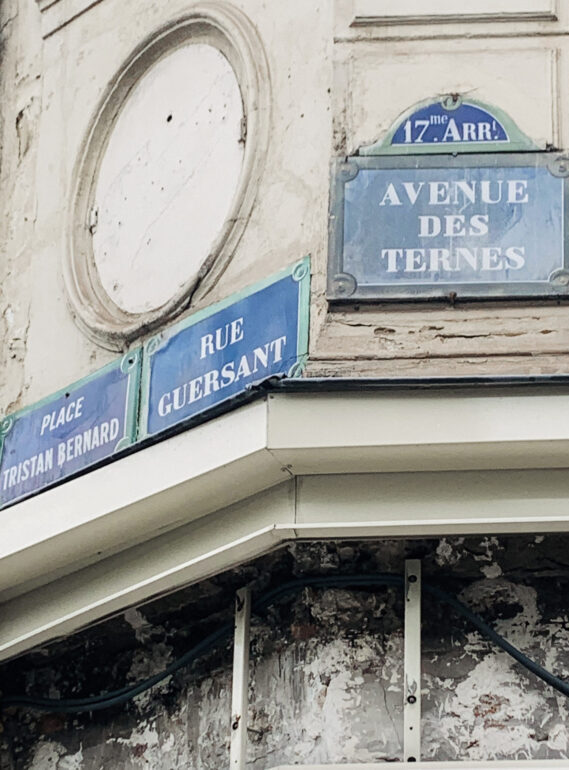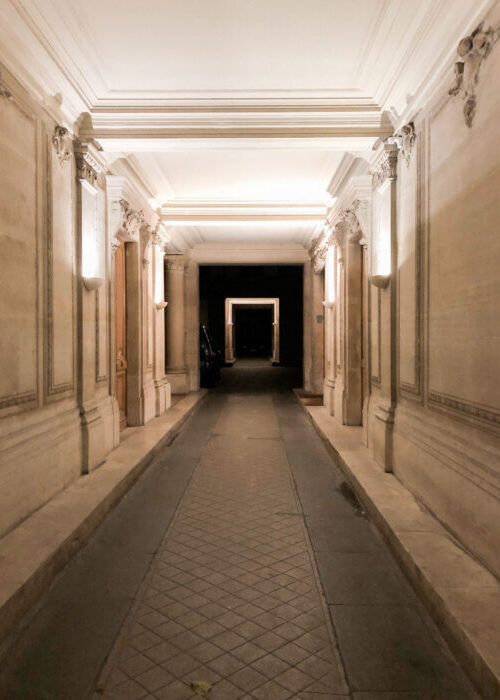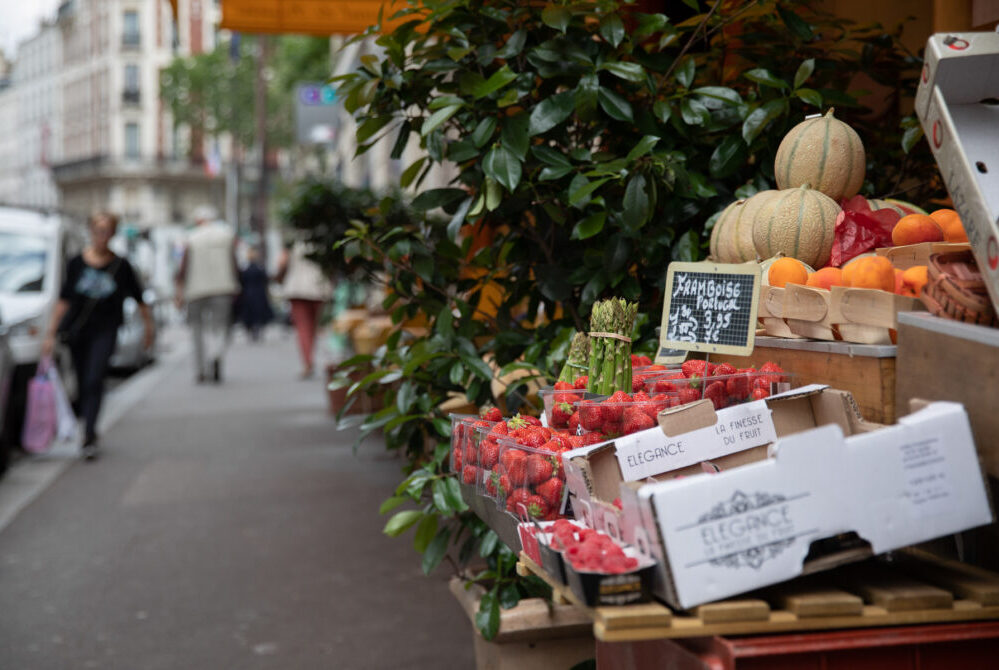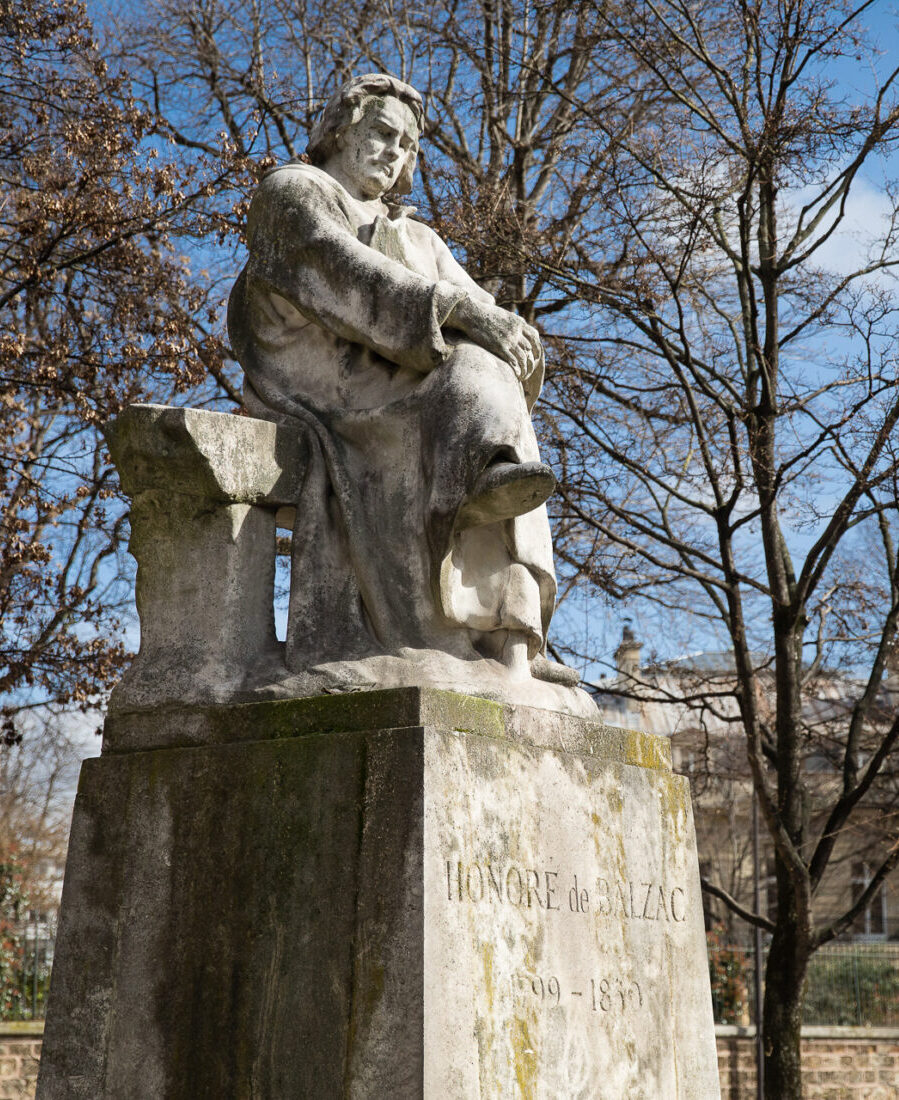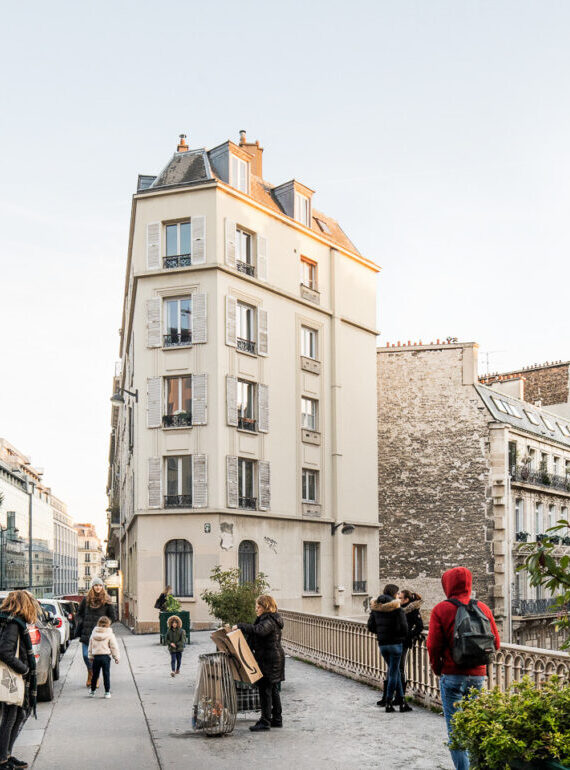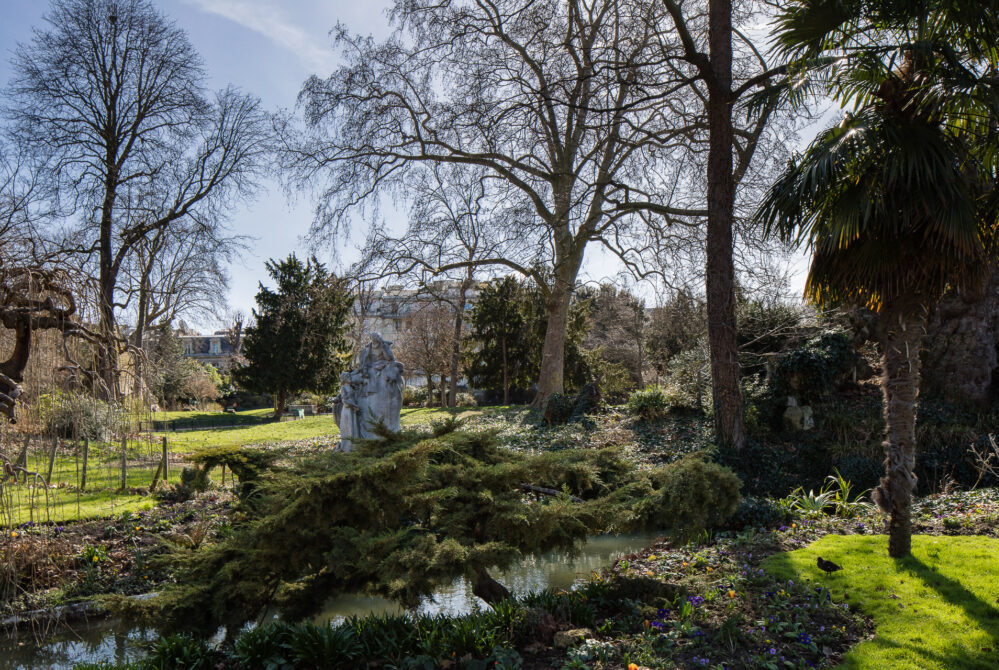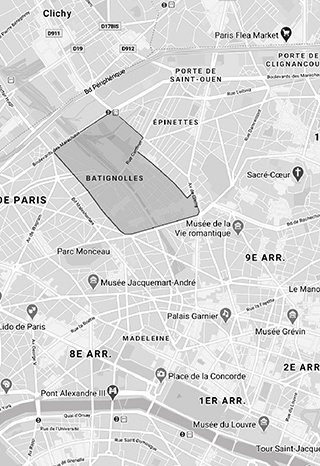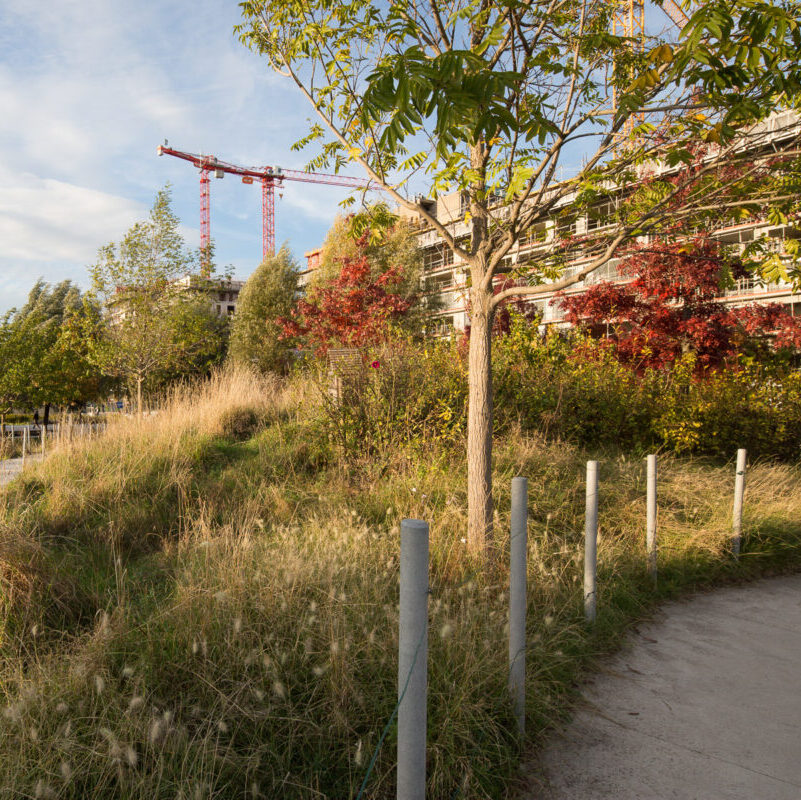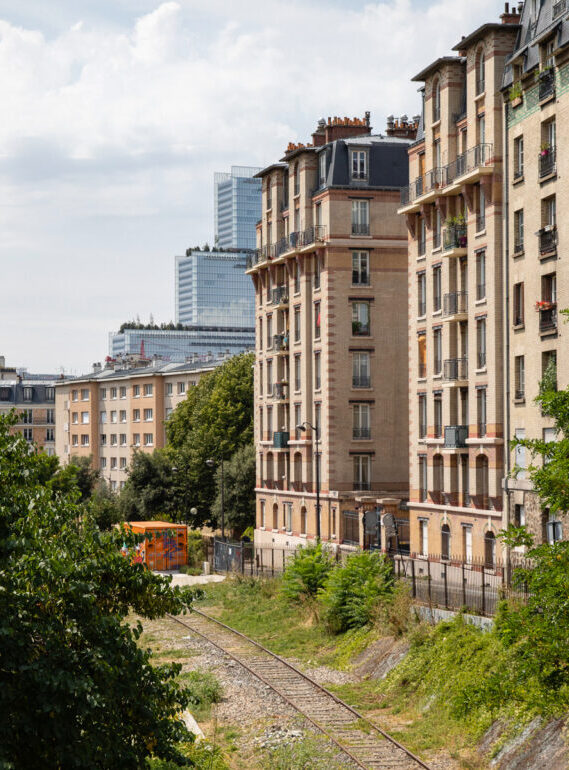Pereire


The lively district of Pereire is rich in an eclectic architectural heritage. From Haussmannian to contemporary, via post-war architecture and its red brick buildings, you can read the history of this area street by street. The Sainte-Odile Church is a fine example of this, designed by the architect Jacques Barge, and is one of the finest jewels of sacred art of the 1930s. More recently, the Claude De Bussy Conservatory, designed by Olivier Landin, is entirely covered in copper, a reference to wind instruments.
On the former route of the Petite Ceinture, we discover the Pereire Promenade, very popular with local residents, with its pretty flowery alleys, punctuated by contemporary sculptures. This former railway line links the Porte Maillot to the Cardinet bridge, sheltered from the hustle and bustle of the street, ideal for a Sunday stroll.
